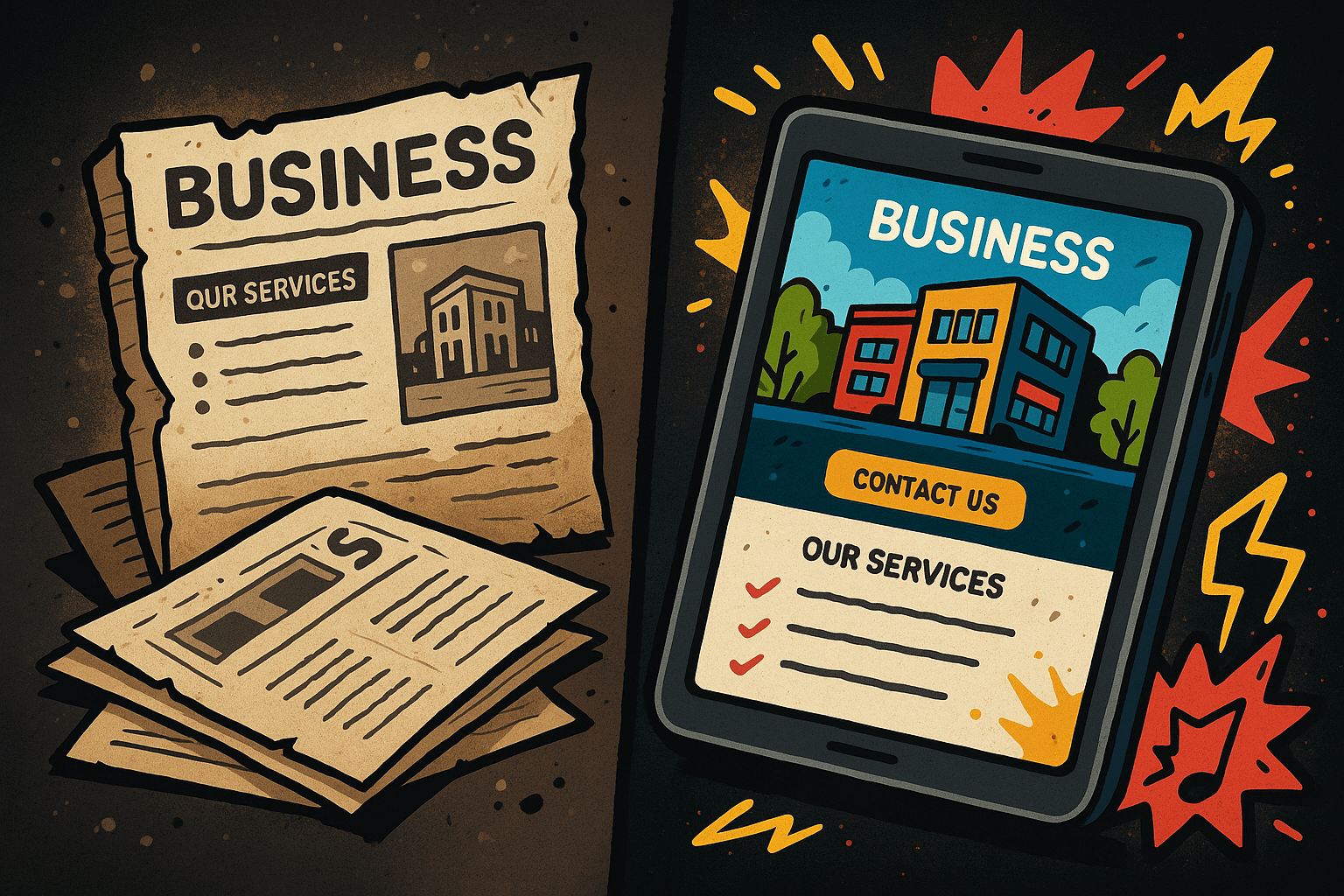Why Brand Voice Is the Most Overlooked AI Input
Your AI can be fast.
It can be smart.
It can even be perfectly structured.
But if it doesn’t sound like your brand?
It’s doing more harm than good.
In Episode 21 of Brains, Bots n’ Business, we dive into one of the most neglected — yet essential — aspects of AI-powered marketing:
Brand Voice.
What Is Brand Voice, Really?
Your brand voice is how your business communicates.
It’s your tone, style, attitude, and phrasing — the things that make you sound like you.
Voice is different from messaging.
Messaging is what you say.
Voice is how you say it.
And with AI tools now writing your content, answering your customers, and running your chatbots…
you can’t afford to let it default to “corporate robot” mode.
Why It Matters More in the Age of AI
AI doesn’t know your brand unless you teach it.
Out of the box, GPTs and chatbots sound like this:
“Thank you for your message. We will respond promptly.”
Which might be fine.
But if your brand is known for being bold, witty, or warm?
That line falls flat.
You end up with:
- AI-generated emails that sound like a lawyer wrote them
- Blogs that feel cold and robotic
- Bots that confuse customers by “breaking character”
The result?
Trust erodes.
Engagement drops.
And people bounce.
How Brand Voice Impacts AI-Generated Content
Let’s look at how AI uses tone — and what happens when that tone isn’t trained:
| Area | Without Brand Voice | With Brand Voice |
| Website Copy | Generic and lifeless | Recognizably “you” from the first headline |
| Email Campaigns | Overwritten or overly formal | Conversational and personal |
| Chatbots & GPTs | Cold, unclear, or verbose | Helpful, on-brand, and consistent |
| Social Posts | Buzzword-heavy, low engagement | Scroll-stopping, with real personality |
| Support Responses | Robotic and transactional | Empathetic and brand-aligned |
What Could Go Wrong?
Let’s be blunt.
Here’s what happens when your bots don’t sound like your brand:
🚫 Customers feel disconnected
🚫 Messages come off tone-deaf
🚫 You lose competitive edge
🚫 You appear inconsistent across platforms
🚫 People bounce without knowing why
And worst of all?
It’s preventable.
How to Define Brand Voice for AI
At Sandbox Media, we build AI Brand Blueprints to lock in a company’s voice before we touch a single automation or chatbot.
Here’s what we include — and what you should define ASAP:
1. Tone
Is your brand…
Playful? Formal? Friendly? Sarcastic? Assertive?
2. Sentence Structure
Do you use short punchy lines? Long narrative flow? Lots of questions?
3. Formatting Preferences
Do you use emojis? Bullet points? ALL CAPS for emphasis?
4. Words You Love / Hate
Are there industry buzzwords you use (or avoid)? Any slang that’s off-brand?
5. Persona Alignment
Does your brand speak like a peer, an expert, a coach, or a guide?
Once defined, this gets baked into your AI’s prompts, memory, and training data.
Where to Apply Your Brand Voice
Your brand voice should be embedded anywhere AI is active:
- In your custom GPT
- In your CRM email sequences
- In your chatbot conversation logic
- In your landing page builders
- In your automated lead nurturing flows
If it touches a customer,
it needs to sound like you.
AI Doesn’t Just Talk. It Represents You.
Think about it this way:
If someone walked into your store and spoke like a stranger…
you’d fire them.
But AI?
It’s often left to “wing it.”
And that’s why so many businesses sound off-brand when they scale automation.
AI is your loudest voice online.
You better make sure it’s actually yours.
Final Thought
Brand voice isn’t fluff.
It’s a strategic input that defines your brand’s trust, consistency, and conversion power.
And if you’re scaling AI without defining it first?
You’re playing a risky game.
Related Links
- What Are Sandbots?
- Watch all episodes of Brains, Bots n’ Business
- Book your AI policy consult
- Next Episode: If Your AI Sounds Off, Its Probably This





